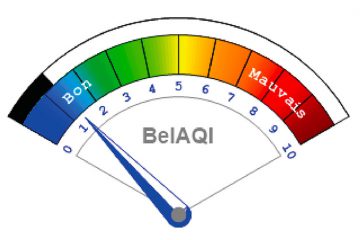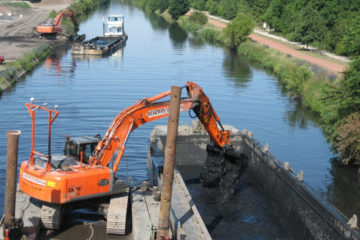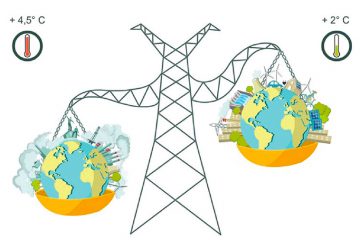
Our other services in
prospective studies
Construction of scenarios
A scenario is a coherent representation of what could happen in the future. The purpose of constructing scenarios is to help those involved in developing strategic thinking when the shape of the future appears uncertain and complicated. Consequently, we believe that constructing scenarios is a particularly useful methodology when it comes to evaluating different policies to be implemented in the medium and long term, involving a large number of stakeholders and dealing with competing issues. The scenarios are not intended to “predict” the future, but they help our customers to ask relevant preliminary questions and to better understand the implications of the choices they have to make.
The scenario methodology is not a rigid system imposing a fixed procedure on users. Indeed, while the ultimate purpose of the scenarios is to assess the possibilities and risks associated with each option in concrete terms, their construction is often also an incentive for the stakeholders to take ownership of the problems, challenges and solutions in a common approach.
In practice, the construction of scenarios is based on a set of tools regularly used by public authorities or private decision-makers to help them define the policies to be implemented or the strategies to be developed: some use quantitative methodologies to model future developments, others rely on qualitative approaches and in some cases, the scenarios are described in both quantitative and qualitative terms. Each scenario construction is different and will ensure that it meets the specific requests made by the customer.
The use of scenario construction can also take place alongside other more traditional methods and allows decision-makers and stakeholders to confront the uncertainties of the future wisely.
Through various missions, the ICEDD has developed a robust methodology for constructing scenarios with the following key steps:
- Reformulation of the question asked;
- Selection of the scenario construction method;
- Precise definition of the scope of the system examined;
- Review of existing literature;
- Collection of the necessary data;
- Data alignment;
- Development of the modelling tool (if applicable);
- Construction of scenarios;
- Interpretation of results;
- Summary and recommendations;
- Drafting of the final study report and presentation of the results.








